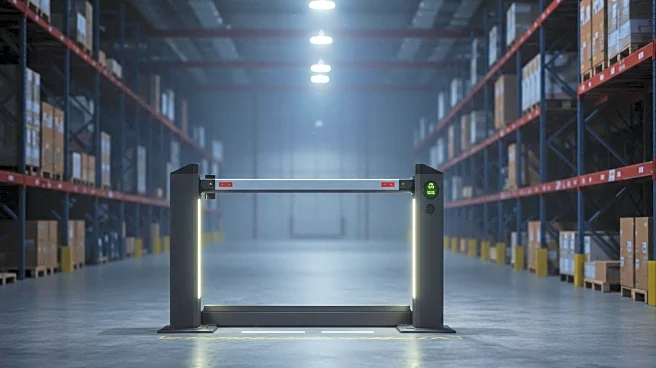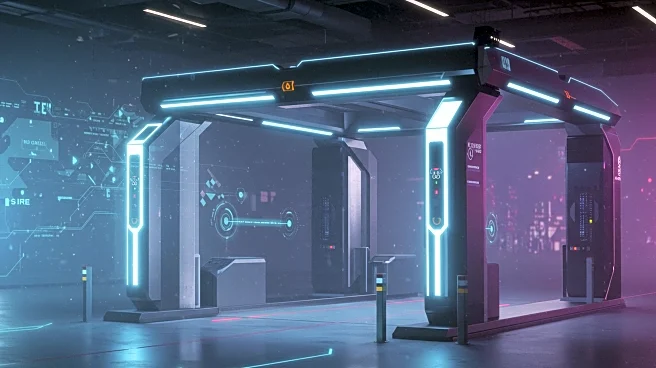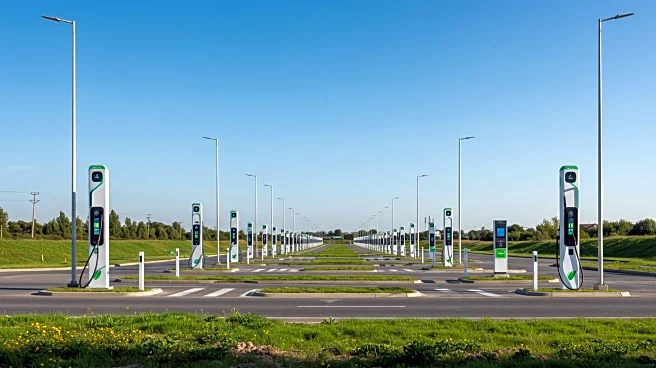What's Happening?
Outpost, a company based in Austin, Texas, has introduced a new gate automation platform aimed at reducing significant avoidable costs in the supply chain sector. This platform is designed for shippers, enterprise fleets, and terminal operators, addressing costs related to labor, security, and bottlenecks, which are estimated to be around $6.7 billion annually. By utilizing computer vision and AI, the platform can reduce gate operating costs by 70%, enhance yard security, and eliminate entry and exit delays. The system automatically captures 99.9% of gate events with accurate data. Greg Akselrod, Outpost's Chief Technology Officer, explained that the platform was developed out of necessity due to the inefficiencies of traditional gate technology. The platform automates gate operations, allowing most trucks to clear gates in 0-15 seconds, compared to 3-6 minutes with manual processes. It also improves security by detecting issues like tailgating and fraudulent IDs.
Why It's Important?
The introduction of Outpost's gate automation platform is significant for the logistics and supply chain industry as it promises to drastically reduce operational costs and improve efficiency. By automating gate operations, the platform addresses common bottlenecks and security issues, which can lead to substantial cost savings and increased throughput for companies. This innovation is particularly relevant as the logistics industry faces increasing pressure to optimize operations and reduce costs. The platform's ability to provide real-time data and improve security measures could lead to broader adoption across the industry, benefiting stakeholders by freeing up resources for higher-value tasks.
What's Next?
Outpost plans to expand its service footprint by acquiring new properties in key freight corridors, including locations in Dallas, Southern California's Inland Empire, Las Vegas, and Savannah. This expansion will likely facilitate the broader implementation of the gate automation platform, potentially setting a new standard for terminal operations. As the platform gains traction, other companies in the logistics sector may follow suit, adopting similar technologies to remain competitive. The success of this platform could also prompt further innovations in automation and AI applications within the industry.













